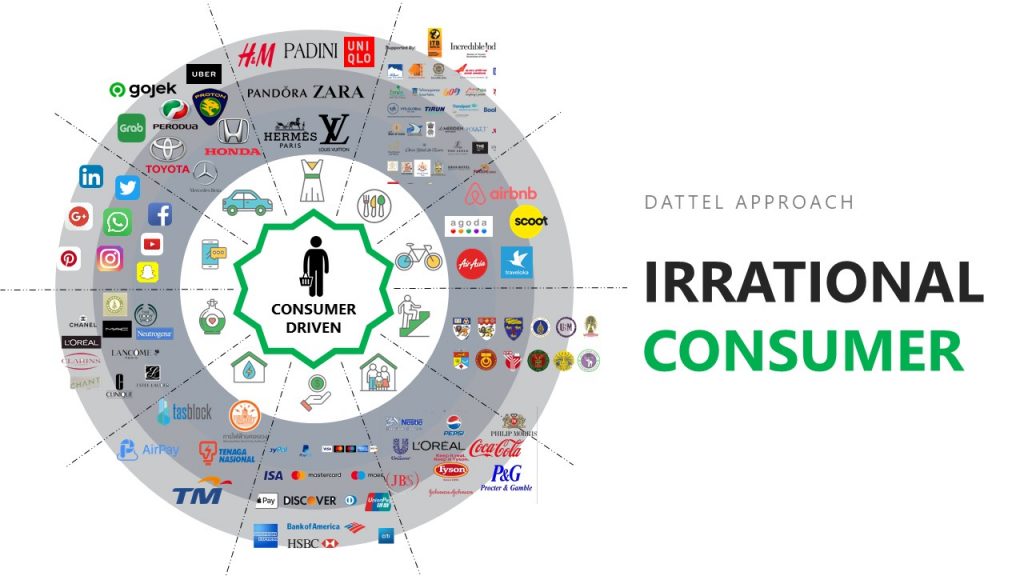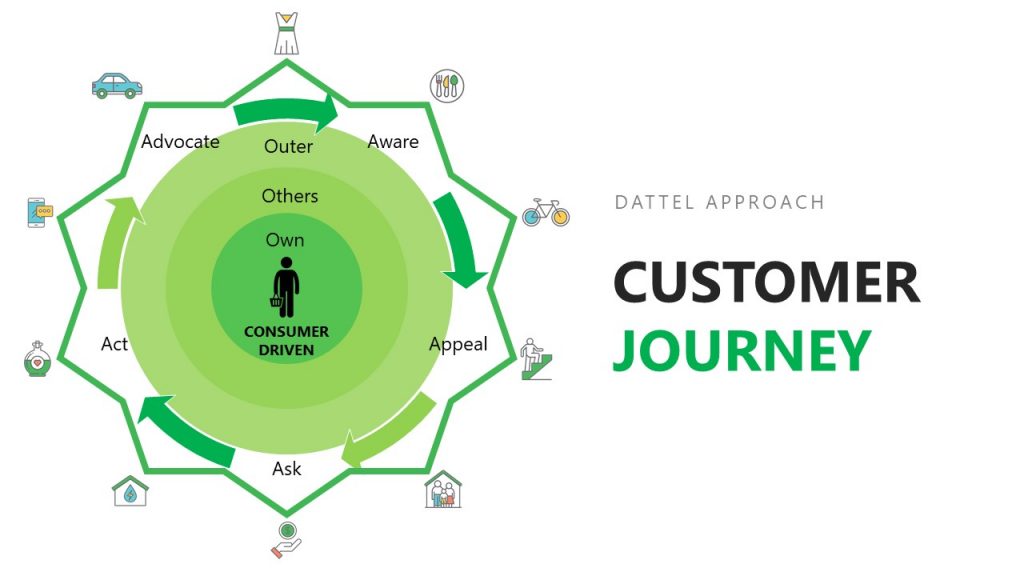The Rise of Behavioural Data for Marketing, Strategy and Innovation
Understanding consumer holistically will help businesses to thrive during the rapidly changing era
The effort to discern the truth behind the business landscape has been a never-ending loop. Due to digitalisation as well as technological advancement, the business environment has evolved into a rapid-changing arena with an abundance of competition amongst brands that compete with one another like gladiators in the Colosseum. To stay ahead of the rowdy rivalry, business entities realise that they must find ways to understand their consumers better expeditiously.
Shifting our focus to consumer landscape, the need to understand consumer’s behaviour has been forthcoming. It’s apparent that the richness of data we have due to the technological advancement begs more questions than answers. There is a pressing demand to dissect the granularity of consumer’s behaviour for businesses in order to remain relevant, competitive and have sustainable growth but the traditional market segmentation based on demographics doesn’t give us the ability to view consumers at the granularity that we require. Therefore, we need to start looking beyond demographics to have that granularity and one way to achieve it is by analysing consumers based on their behaviours. That is the way forward.

Consumers today interact with brands in ways that are no longer the same as what we used to know. An individual may purchase a premium smart device like iPhone 11 Pro Max but choose to own an entry-level vehicle like Perodua Axia. On the surface, we can deduce that this person is someone that would go extra mile for mobile gadgets but would not care so much about fancy cars as long as it gets him from point-A to point-B safely. If we were to use demographic segmentation such as income level, this individual might not have been in the target audience for one of the brands. In fact, if Apple only targeted high-income earners purely based on the price point of their devices, they wouldn’t be able to capture the young audience that they have now.
“It doesn’t really matter if you are a 60-year-old woman or a 20-year-old man because a 20-year-old man can watch Say Yes to The Dress and a 60-year-old woman could watch Hellboy.”
Todd Yellin
VP of Product Innovation, Netflix
This shows that a customer journey is very specific to the physical & emotional experiences and they are uniquely different independently. Fortunately, the same digitalisation and technological advancements that made consumer landscape fragmented and complexed have allowed us to capture consumer behaviours at greater detail. Besides 1st party data from own source like CRM and point of sales, there are many types and sources of consumer data that are available out there such as:
- Web activities
- Mobile app usage
- Social media
- Customer surveys
- Movements & points-of-interest (POI)

With the current richness of available data, businesses can identify Who, What, When, Where and How, related to their customers. For example, with CRM or POS data, you will be able to know that your customer, who is a 30-year-old Senior Executive, purchased diapers from you twice last month but only once this month. With additional movement or POI data, you can identify that he purchased diapers this month from your competitors. By current market standard, this information might be helpful to optimise marketing resources as well as maximise ROI by minimising acquisition and retention costs.
However, the key aspect of the consumer behaviours remains unsolved – “why” did the consumer purchase elsewhere? Despite the richness of available data, these data are siloed or in other words, not “talking” to each other. You might be able to draw a correlation between these different sources and types of data and derive a possible hypothesis, but you’ll not be able to develop the data-driven actionable insight you’ve always wanted. At best, you can test each campaign at various stages in the hope to validate one of many hypotheses. Discovering the “why” simply means that knowing the fact that the same 30-year-old family man purchased diapers from your competitor because it’s cheaper there and the family is on a tight budget after moving into a new house recently. And by knowing the “why”, we could build loyalty with this customer through coupons to help the family through a financially difficult time – now that’s actionable insight.
This brings us to another aspect, the need to have omnichannel data where we can analyse consumer behaviour across multiple verticals and dimensions to discover the “whys” and “hidden truths” of consumers at the rate and speed of business to stay ahead of the competition. Who knows, if all goes well, you can take your business one step higher by applying the legendary retail myth – the impossible correlations between beers and diapers; and discover one of your own impossible correlations.
The time is now. With 2020 on our horizon, it is impending that businesses must rise beyond the norms. One way to start is to start understanding its consumers differently and not be stuck with the traditional way of looking at consumer segments – a pure demographics lense. Start embracing data in deriving building blocks of your strategy and stop wasting time and resources unnecessarily and position your brand to be at the pinnacle of success.
About the author
Ashran Dato’ Ghazi is a man of multiple hats. Like many other entrepreneurs, he has gone through the ups and downs of business ventures and is now a known figure in the entrepreneurship & innovation ecosystem. He is currently leading Dattel Asia Group, a Data Analytics and Consumer Intelligence company with presence in Thailand, Indonesia, Malaysia and Singapore. Before Dattel, Ashran was also the CEO of Malaysia Global Innovation & Creativity Center (MaGIC), a government agency under the Ministry of Finance. His previous ventures include Asiastream Group, an integrated marketing communications company, and Joota – a social content network in the USA. He was also active in NGO movements with various roles which include Chairman, New Entrepreneurs Foundation (myNEF); Chairman, myHarapan; President, Malaysian Association of Bumiputera ICT Industry & Entrepreneurs (NEF); and Deputy Chairman, Global Innovation & Entrepreneurship Foundation. Besides; he also served as an Advisory Board Member to Malaysian SME Development Academy (MASMED) as well as a Board Member for SME Corp.